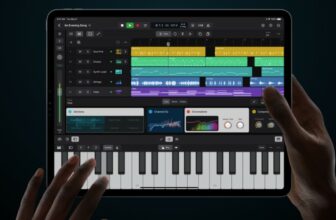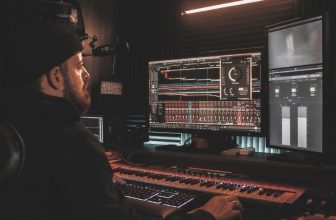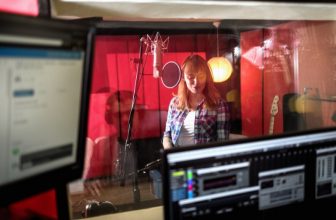The Differences Between VST 2 and VST 3
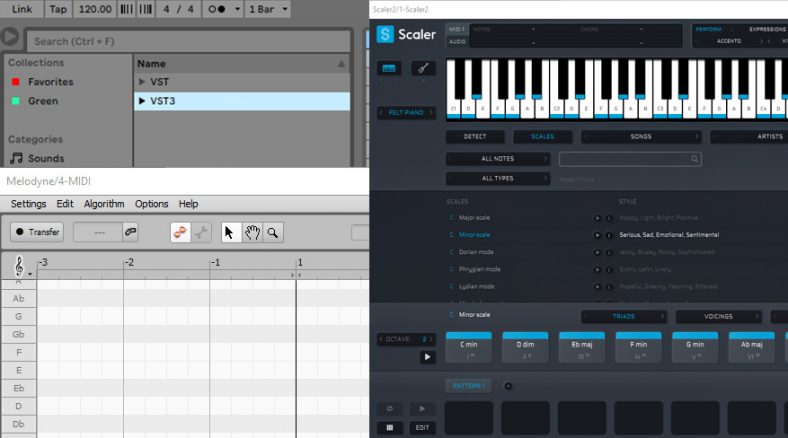
The VST standard, developed by Steinberg in 1996, revolutionized music production. VST3 is a free open-source development kit that any developer may utilize. VST3 plugins are supported by almost all current DAWs. The VST3 adds several useful new features compared to VST2.
The VST standard has gone through a few upgrades over time, with the most recent major update being the introduction of VST3. Even though it has been around since 2008, it is only now that developers and users are fully embracing VST3 and beginning to utilize its enhanced features.
There is still some amount of uncertainty about what exactly the difference is between VST3 and the regular VST plugins we’ve all been using. What does VST3 improve? Do I need to switch from VST2? Is VST2 now obsolete? This article attempts to answer these questions and demystify the apparent confusion around VST3.
Contents
- VST2 or VST3 – Which One Should You Use?
- Differences Between VST2 and VST3 (New VST3 Additions)
- 1. More efficient processing
- 2. Adaptive input/output
- 3. Enhanced MIDI handling
- 4. Support for multiple MIDI I/O
- 5. More organized automation parameters
- 6. Audio inputs with VST Instruments
- 7. Resizable GUI
- 8. Sample accurate automation
- 9. Remote control of plugins via VSTXML
- 10. Multilingual support
- Summary
VST2 or VST3 – Which One Should You Use?

If you have plugins that come in both VST2 and VST3 versions, it’s recommended to use the VST3 version unless you have a reason not to (e.g. if the VST3 version is causing issues or is buggy).
VST3 is the way forward, and while we will still be seeing a lot of VST 2 for the time being, Steinberg have officially stopped supporting VST2.
However, VST2 is certainly not obsolete just yet. It will likely be a long transition until we’re exclusively using VST3.
Differences Between VST2 and VST3 (New VST3 Additions)
Plugin developers and users have been reluctant to completely phase out VST2 because it has worked well so far and didn’t really have an urgent need to be replaced. But with Steinberg officially stopping support and licensing of VST2 now, many developers are now including VST3 versions of their plugins or providing exclusively VST3 versions like for Celemony’s Melodyne 5.
Some of the most useful improvements in VST3 are as follows:
1. More efficient processing
VST3 is designed so that it only performs processing when there is an audio signal present. This means that CPU resources aren’t wasted during silences, unlike VST2 which would keep processing active regardless of whether there is any actual audio signal at that point in time.
This makes VST3 more resource-efficient and potentially increases the number of plugins you can use in a project without overloading your system.
2. Adaptive input/output
Traditional VST instruments featured a fixed number of inputs and outputs. Separate versions of plugins had to be implemented for stereo and surround sound processing. Multi-output instruments usually took up a large number of channels even if not all of them were being used. This again would lead to the wastage of resources.
VST3 addresses this limitation by allowing plugins to be dynamically adapted to however many inputs or outputs are needed. The same plugin can be put on a stereo channel or a 5.1 channel and it will automatically adapt its channel routing accordingly. This allows for increased flexibility and efficiency.
3. Enhanced MIDI handling
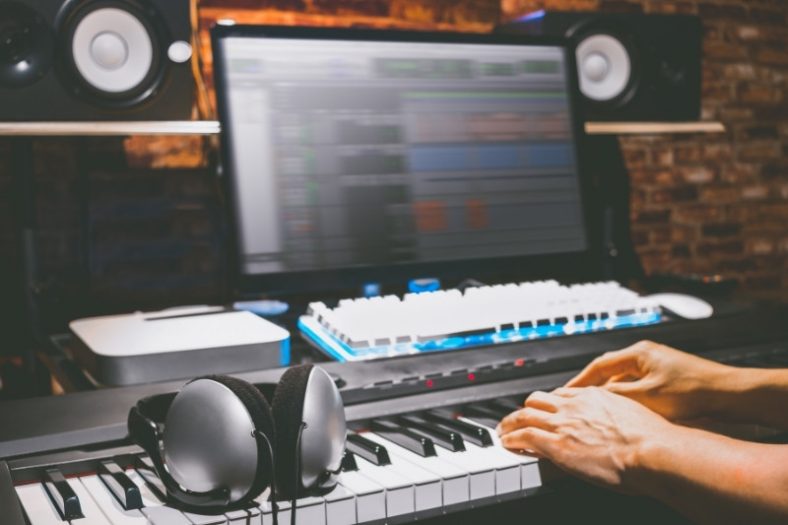
VST3 plugins can provide a dedicated event handler bus, which allows for a wide variety of control and modulation messages beyond traditional simple MIDI messages. In fact, support isn’t only limited to the MIDI protocol, and other future control methods may utilize these functions.
Advanced control of MIDI at a note level is now supported. For example, a particular event like a pitch bend can be associated with a specific note with a unique note ID, so that the modulation is applied to only that note, even in a polyphonic context like playing a chord.
4. Support for multiple MIDI I/O
With VST2, a particular plugin could only be assigned to single MIDI input and output. Now with VST3, plugins can support several MIDI ports at once which can be switched on the fly. This opens up a lot of possibilities while performing music live and allows for more flexible routing.
5. More organized automation parameters
Earlier, trying to find a particular automation parameter could get annoying when having to scroll through potentially hundreds of parameters in a VST2 plugin. Some DAWs provide an option to search for parameters from the list, but VST3 has added the ability to categorize automation parameters within the plug-in itself.
For example, all filter-related parameters can be sorted under the ‘Filter’ category, rhythmic and time-based parameters can have their own category, and so on. This streamlines the automation process and helps keep projects organized.
6. Audio inputs with VST Instruments
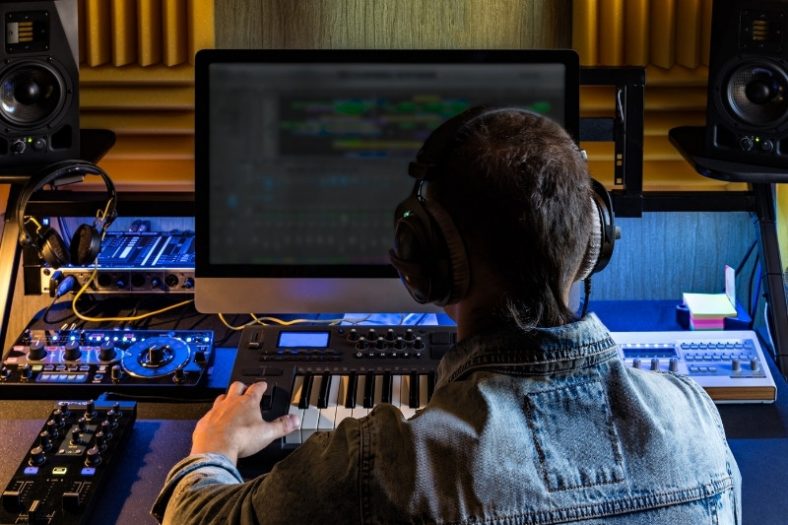
We usually associate VST instruments with MIDI input only, but VST3 adds the ability to route audio to plugins, which opens up new possibilities. For example, a synth plugin with an inbuilt vocoder can now take an audio signal as an input as well as the MIDI data for modulation.
This also makes sidechaining and cross-modulation possible independently from the DAW’s built-in capabilities. Sidechaining has been implemented for a long time with VST2, but it usually depended on the DAW’s particular routing capabilities to achieve it.
7. Resizable GUI
A small but significant improvement, this allows for VST3 plugins to be scaled in size as required, to free up or take up screen space as required. Though this seems like quite a small change, it can make working with big crowded sessions much smoother.
8. Sample accurate automation
This means that VST3 can read and write automation data at a very high resolution down to sample level, entailing that automation remains highly accurate even for very rapid and minute changes.
9. Remote control of plugins via VSTXML
With the increasing popularity of portable control surfaces being used in music production and live performance, VSTXML provides enhanced flexibility for remote controlling plugin parameters from various control surfaces.
10. Multilingual support
VST3 uses text in the Unicode (UTF-16) format, which allows for special characters and non-English characters. This means that it is easier to localize plugins in various languages for developers.
Does this mean that VST2 is now obsolete?

Not really. While it is picking up momentum, we are still really in the transition phase between VST2 and VST3. Some plugins whose core functionality depends on features only available in VST3 are developed exclusively for VST3.
An example of this is Melodyne 5, which utilizes the ARA integration standard and hence needs VST3.
However, the vast majority of plugins today feature both VST2 and VST3 versions, with the VST3 version being more or less identical to the VST2 version in terms of features (VST3 specific features must be implemented by the developer).
There were some concerns about the stability of VST3 plugins in the early days of the standard, but these have largely been eliminated since.
To conclude, there are definitely advantages of using VST3 over the good old VST2 standard, but the actual leveraging of these advantages is dependent on individual developers, and the audio world as a whole hasn’t quite utilized the full potential of VST3 yet.
VST2 doesn’t seem to be going away completely any time soon even with no official support from Steinberg, but either way, you don’t need to go scrambling to replace all your old plugins with VST3 versions yet.
Summary
The VST3 standard provides some useful new enhancements, but you must remember that leveraging these features depends on the actual implementation of the plugin by the developer. Therefore not all plugins may support all the extra functionalities presented by VST3.
The VST standard, first introduced by Steinberg in 1996, revolutionized music production as it brought the power of a professional recording studio to personal computers everywhere.
Over the years, the standard has become a mainstay of audio production, though companies like Apple and DigiDesign also use their proprietary standards like AU and RTAS. The VST3 SDK is a free standard that any developer can use. Almost all major DAWs today support VST3 plugins.

